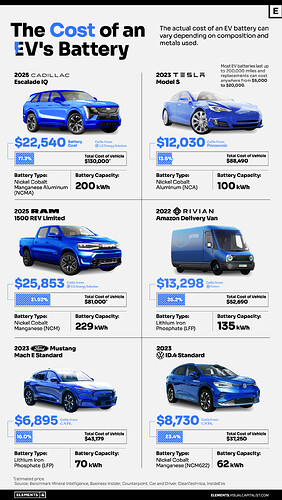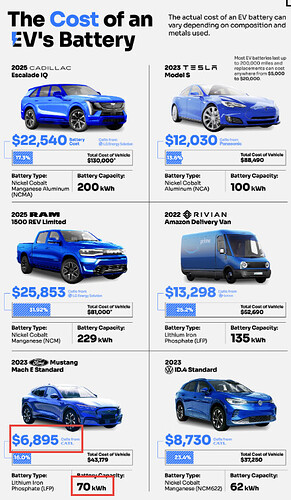Lets get some Tesla Semi numbers, this from
In the video, which was produced by the North American Council for Freight Efficiency (NACFE), only representatives of PepsiCo and the local energy provider Sacramento Municipal Utility District (SMUD) are interviewed, while Tesla representatives do not weigh in.
The camera in the NACFE video is pointed at the latter 21. It confirms that the Sacramento location has installed four Tesla chargers with a charging capacity of 750 kW each. They are supposed to allow charging to 80 per cent in less than 45 minutes. Elsewhere in the video, it is said that the Semi can charge from 5-10 per cent to 95 per cent in 20 to 30 minutes.
PepsiCo uses 18 of the 21 Tesla Semis for deliveries within a 100-mile radius (about 161 kilometres) with multiple stops – in shifts of up to twelve hours. According to Amanda DeVoe, Transformation and Strategy Director at PepsiCo, using electric vehicles for these short trips between the company’s bottling warehouse in Sacramento and delivery locations is particularly useful. However, according to Dejan Antunovic, head of the electrification programme at PepsiCo, the remaining three units will definitely be used for long distances of 250 to 450 miles (about 400 to 725 kilometres). Tesla officially says the electric truck has a range of 500 miles (over 800 kilometres) when fully loaded.
And from another article:
It takes less than half an hour to top up a Tesla Semi electric rig to 95% battery capacity on the dedicated 750kW Megacharger stations that Pepsi uses for them, says one Semi driver. The trucks run for 12 hours a day, according to the beverage giant, while some go on trips that are as long as 450 miles.
Groetnis

